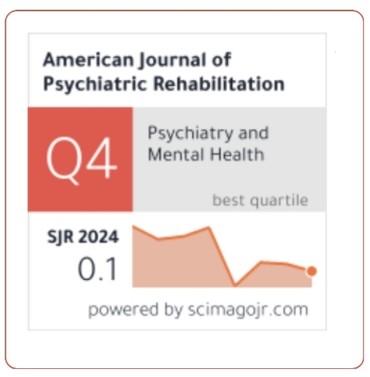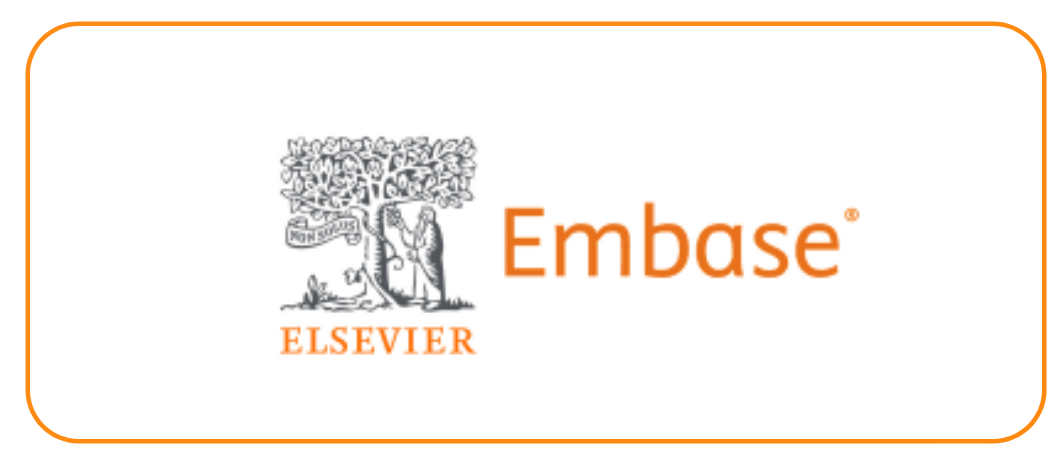Exploring The Mental Health Implications Of Parasocial Interaction With Media Characters On Youth
DOI:
https://doi.org/10.69980/ajpr.v28i1.75Keywords:
Media Characters, Parasocial Interaction, Mental Wellbeing, Social ConnectionsAbstract
There has been a significant increase in the consumption of media content, including films and television shows in India. This has been amplified by the proliferation of digital streaming platforms. Such a surge in content consumption has profound implications for the development of parasocial relationships and psycho-social aspects of media consumers. The existing study on parasocial interaction suggests that they have the potential to satisfy the social needs of companionship but it is of relevance to look into media characters that facilitate these relationships and their effect on the mental well-being of the individuals. Understanding these dynamics is crucial for developing a nuanced perspective on the role of media in contemporary society and its impact on social connections. This study by employing a mixed-method research approach sheds light on how these one-sided relationships with media personas influence viewers' emotional well-being and provide insights into the complex interplay of media consumption.
References
1. Horton, D., & Richard Wohl, R. (1956). Mass communication and para-social interaction: Observations on intimacy at a distance. psychiatry, 19(3), 215-229.
2. Klimmt, C., Hartmann, T., & Schramm, H. (2013). Parasocial interactions and relationships. In Psychology of entertainment (pp. 291-313). Routledge.
3. Hartmann, T., & Goldhoorn, C. (2011). Horton and Wohl revisited: Exploring viewers' experience of parasocial interaction. Journal of communication, 61(6), 1104-1121.
4. Hartmann, T. (2016). Parasocial interaction, parasocial relationships, and well-being. In The Routledge handbook of media use and well-being (pp. 131-144). Routledge.
5. Dibble, J. L., & Rosaen, S. F. (2011). Parasocial interaction as more than friendship. Journal of Media Psychology.
6. Brown, W. J., & Basil, M. D. (2010). Parasocial interaction and identification: Social change processes for effective health interventions. Health communication, 25(6-7), 601-602.
7. Gleich, U. (1997). Parasocial interaction with people on the screen. New horizons in media psychology: Research cooperation and projects in Europe, 35-55.
8. Rojek, C. (2015). Presumed intimacy: Parasocial interaction in media, society and celebrity culture. John Wiley & Sons.
9. Schramm, H. (2008). Parasocial interactions and relationships. The international encyclopedia of communication.
10. Twenge, J. M., Joiner, T. E., Rogers, M. L., & Martin, G. N. (2018). Increases in Depressive Symptoms, Suicide-Related Outcomes, and Suicide Rates Among U.S. Adolescents After 2010 and Links to Increased New Media Screen Time. Clinical Psychological Science, 6(1), 3-17.
11. Meier, A., & Reinecke, L. (2021). Computer-Mediated Communication, Social Media, and Mental Health: A Conceptual and Empirical Meta-Review. Communication Research, 48(8),
12. Madison, T. P., Porter, L. V., & Greule, A. (2016). Parasocial Compensation Hypothesis: Predictors of Using Parasocial Relationships to Compensate for Real-Life Interaction. Imagination, Cognition and Personality, 35(3), 258-279.
13. Rebecca, (Riva), Tukachinsky, Forster., J, M, Journeay. (2023). Parasocial relationships and mental health. Reference Module in Neuroscience and Biobehavioral Psychology.
14. Dibble, J.L., Hartmann, T. and Rosaen, S.F. (2016), Parasocial Interaction and Parasocial Relationship: Conceptual Clarification and a Critical Assessment of Measures. Human Communication Research, 42: 21-44.
15. Katz, E., Blumler, J. G., & Gurevitch, M. (1973). Uses and gratifications research. The public opinion quarterly, 37(4), 509-523.
16. Jennings, N. A. (2023). Parasocial relationships in children. In Oxford University Press eBooks (pp. 173–189).
https://datareportal.com/reports/digital-2024-india
17. Konijn, E. A., & Hoorn, J. F. (2017). Parasocial interaction and beyond: Media personae and affective bonding. The international encyclopedia of media effects, 1-15.
18. Bui, N. H. (2017). Exploring similarity characteristics, identification, and parasocial interactions in choice of celebrities. Psychology of Popular Media Culture, 6(1), 21.
19. Levy, M. R.(1979).Watching TV News as Para-Social Interaction, Journal of Broadcasting, 23:69:80.
20. Rubin, R. B., & McHugh, M. P. (1987). Development of parasocial interaction relationships. Journal of Broadcasting & Electronic Media, 31(3), 279–292.
21. Meier, Adrian & Reinecke, Leonard. (2021). Computer-Mediated Communication, Social Media, and Mental Health: A Conceptual and Empirical Meta-Review. Communication Research. 48. 1182–1209.
22. Baek, Y. M., Bae, Y., & Jang, H. (2013). Social and parasocial relationships on social network sites and their differential relationships with users' psychological well-being. Cyberpsychology, Behavior, and Social Networking, 16(7), 512–517.
Downloads
Published
Issue
Section
License
Copyright (c) 2025 American Journal of Psychiatric Rehabilitation

This work is licensed under a Creative Commons Attribution 4.0 International License.
This is an Open Access article distributed under the terms of the Creative Commons Attribution 4.0 International License permitting all use, distribution, and reproduction in any medium, provided the work is properly cited.









